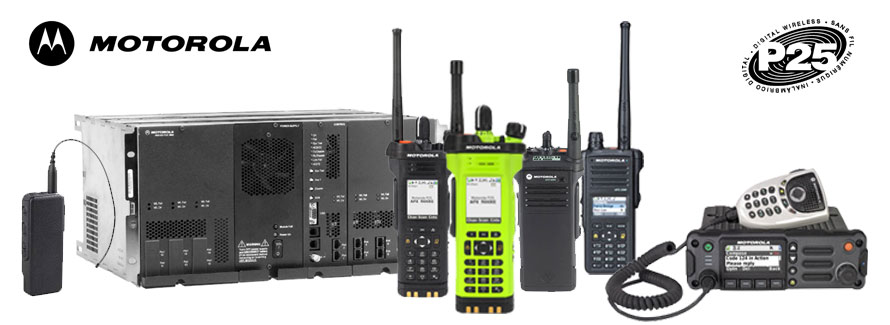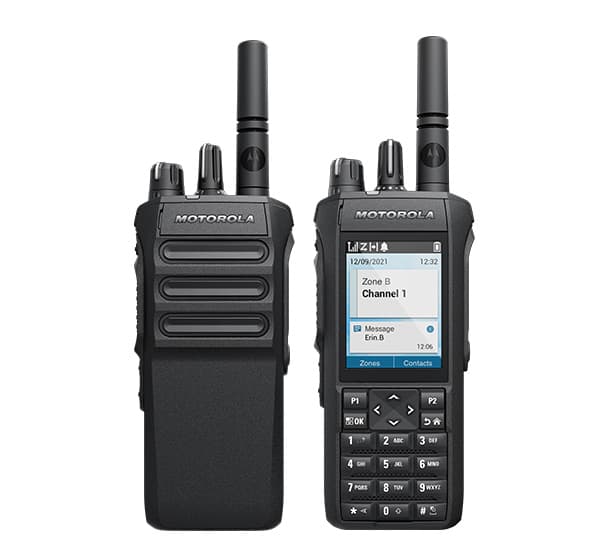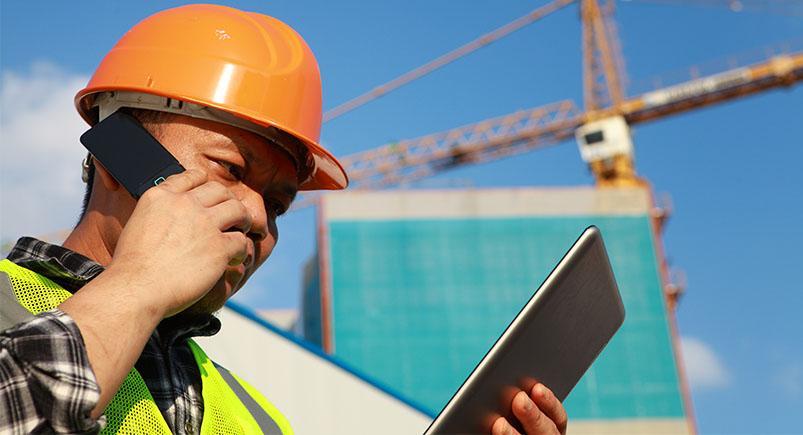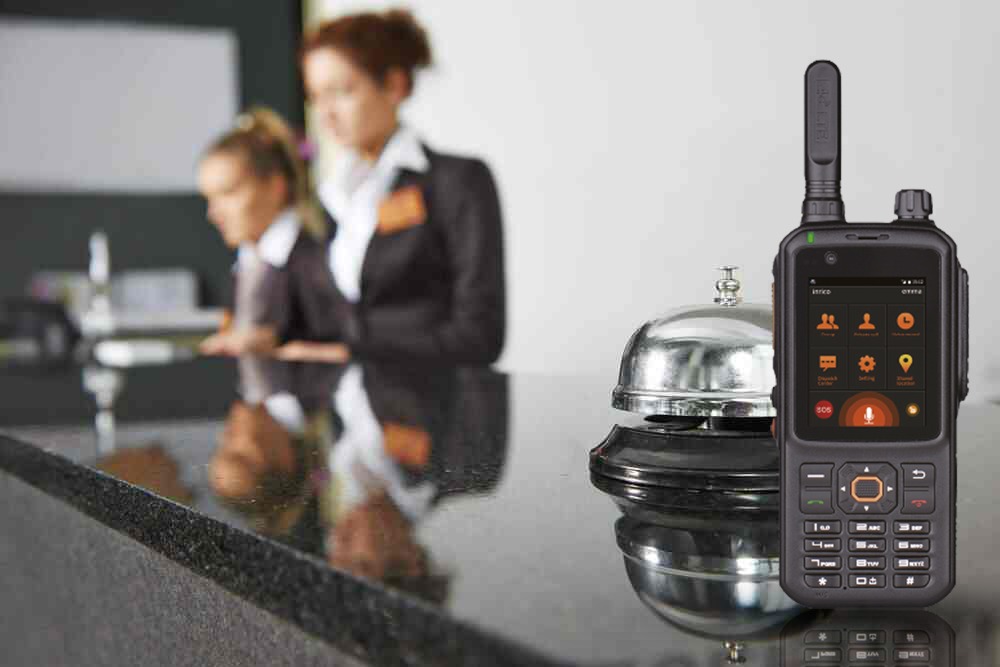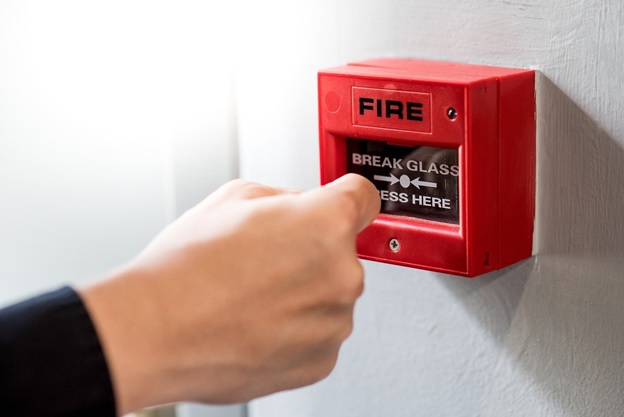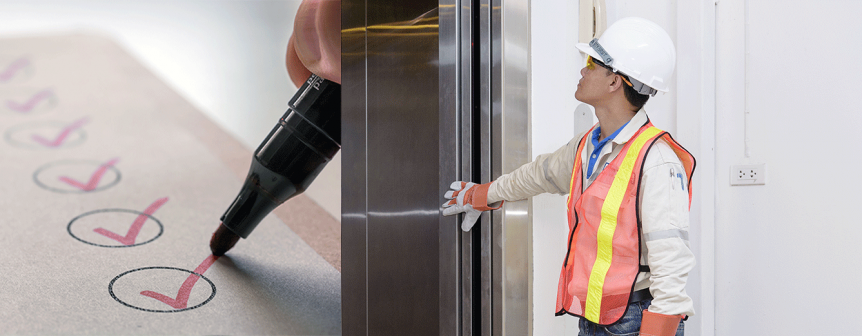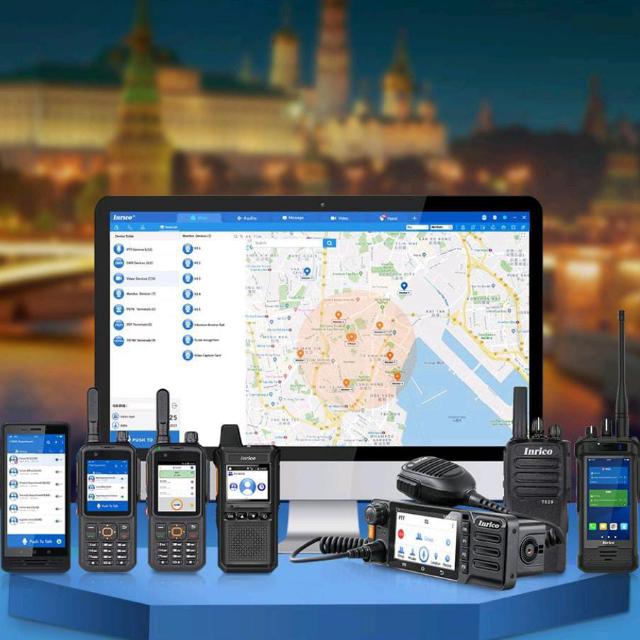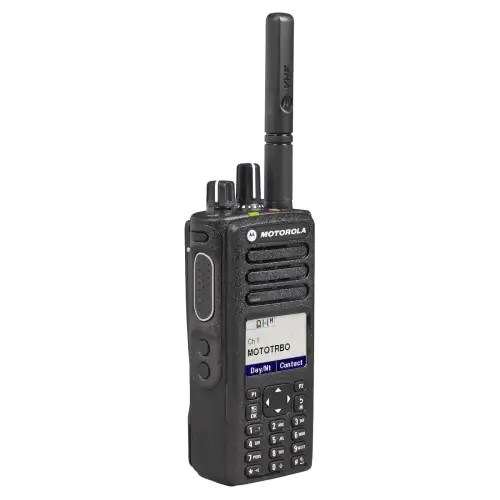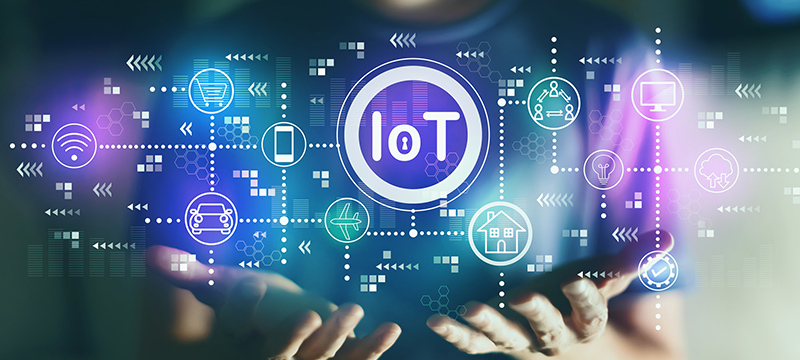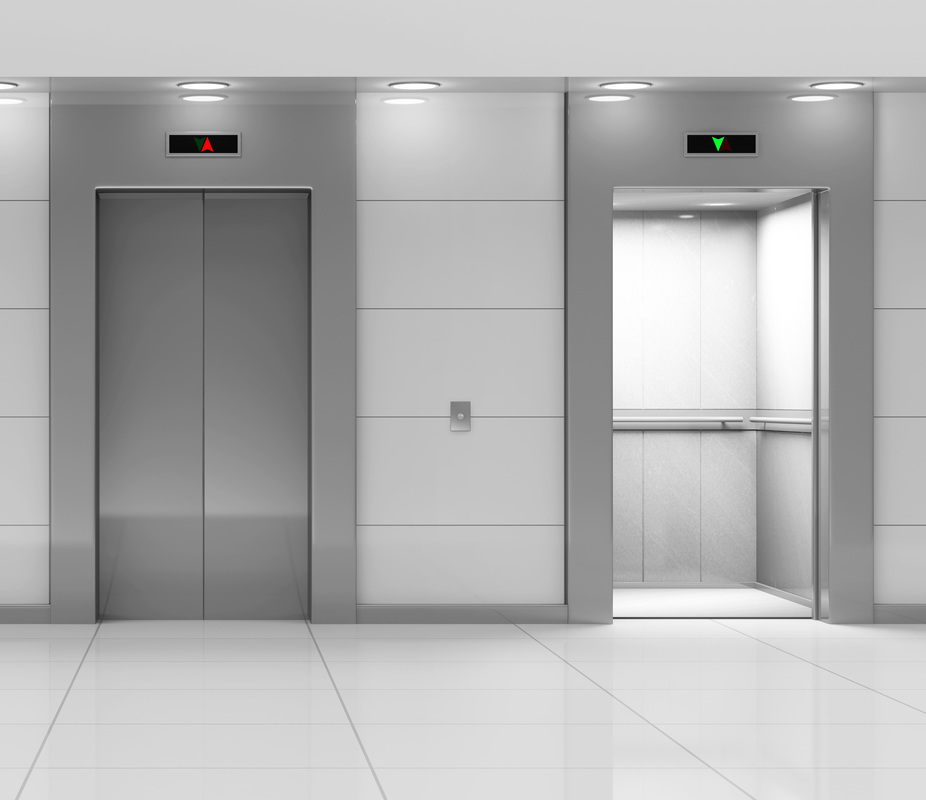Smart devices like phones and tablets are the most common form of push-to-talk (PTT) device today. Users install push-to-talk apps on the devices, then use a hard (physical) button or soft (in-app) button to communicate. for key workers like dispatchers, the ideal push-to-talk device is the desktop computer. While PTT is used mostly by workers in the field, they often need to coordinate with workers at desks.
Within a number of industries, the success of a company’s operations relies on workers being able to communicate effectively and quickly, between distant sites, with a number of different parties at any time. The traditional method of communication in such environments is the Push-to-talk radio station, also known as the ‘walkie-talkie’, which has its advantages over a traditional cellphone or landline because of the direct, instant communication using radio frequencies, which was free of charge to the users. There are however drawbacks of this old technology, including range, number of speakers, security of the network, and the burden of having to carry an additional device.
However, now devices are ready to use third party PTT-applications over mobile and Wi-Fi networks for fast, clear, real time communication. This technology on a mobile device is known as Push to Talk over Cellular (PoC). 3G and 4G has allowed PoC to become commercially viable, especially with large numbers of users now already having a compatible devices (e.g. Android).
The highly developed cell-phone infrastructure available in Saudi Arabia has made PoC a very efficient and cost-effective method of communication. The choice of connectivity method meaning that in cases of poor cellular signal, the phones can remain fully connected through Wi-Fi and communication is not disrupted.
industries that rely on Push-To-Talk communications include transportation, security, defense and intelligence, hospitality, facilities services, retail, manufacturing, logistics, aerospace, mining, energy, and more. Push-To-Talk (PTT) is an ideal communication method because it is easy to activate, one person can reach a group of people with a single button press, which enables quick, efficient communication confined to a predefined group of people who need to hear the whole conversation.
For more information contact us at below contact details:
Phone: 00966 50 7756654 00966 55 0400789
E-mail: info@alshareef.org






